SurfboardsRaking The Surface
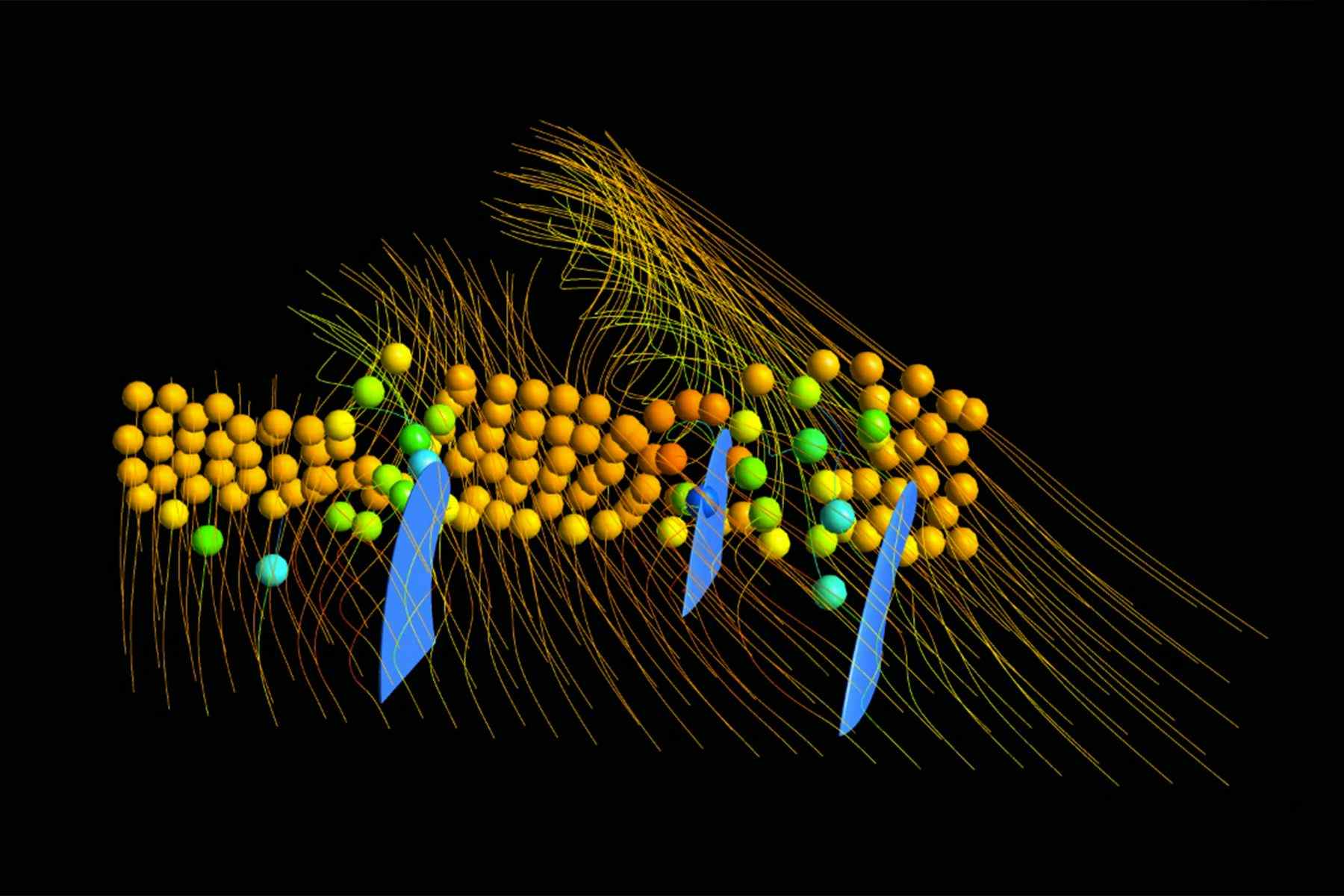
Revealing The Hydrodynamic Characteristics of Tri-Fins
I’ve never met Sam Crameri in person, but from the emails we’ve exchanged he struck me as the epitome of a surfer-scientist: he is as enthusiastic about surfing as he is about understanding, explaining, and optimising the experience thereof. His latest paper, published this past March on MDPI, is proof of that. In it, Sam addressed a pertinent gap in fin research, namely the lack of information about the effects of individual fin design features on flow dynamics and its relation to surfing performance, more specifically in a thruster surfboard. In other words, he aimed at providing the average surfer with an alternative way to determine the differences between fins and fin sets which isn’t based on opinions or promotional content, but science. For that, Sam conducted a series of simulations to quantitatively analyse the performance impacts of rake, depth, and base length in a thruster setup, using lift and drag coefficients and turbulent kinetic energy of the wake region as indicators of flow interactions between fins. Based on these simulations, he then developed a fin set that presented the lowest lift losses, thus bringing him closer to the ultimate goal of shining a light on the potentials of fin design in improving – or at least deepening – the experience of riding waves.
Surf Simply caught up with Sam to learn more about the research and get his take on the ongoing conversation around surf [fin] technology and performance.
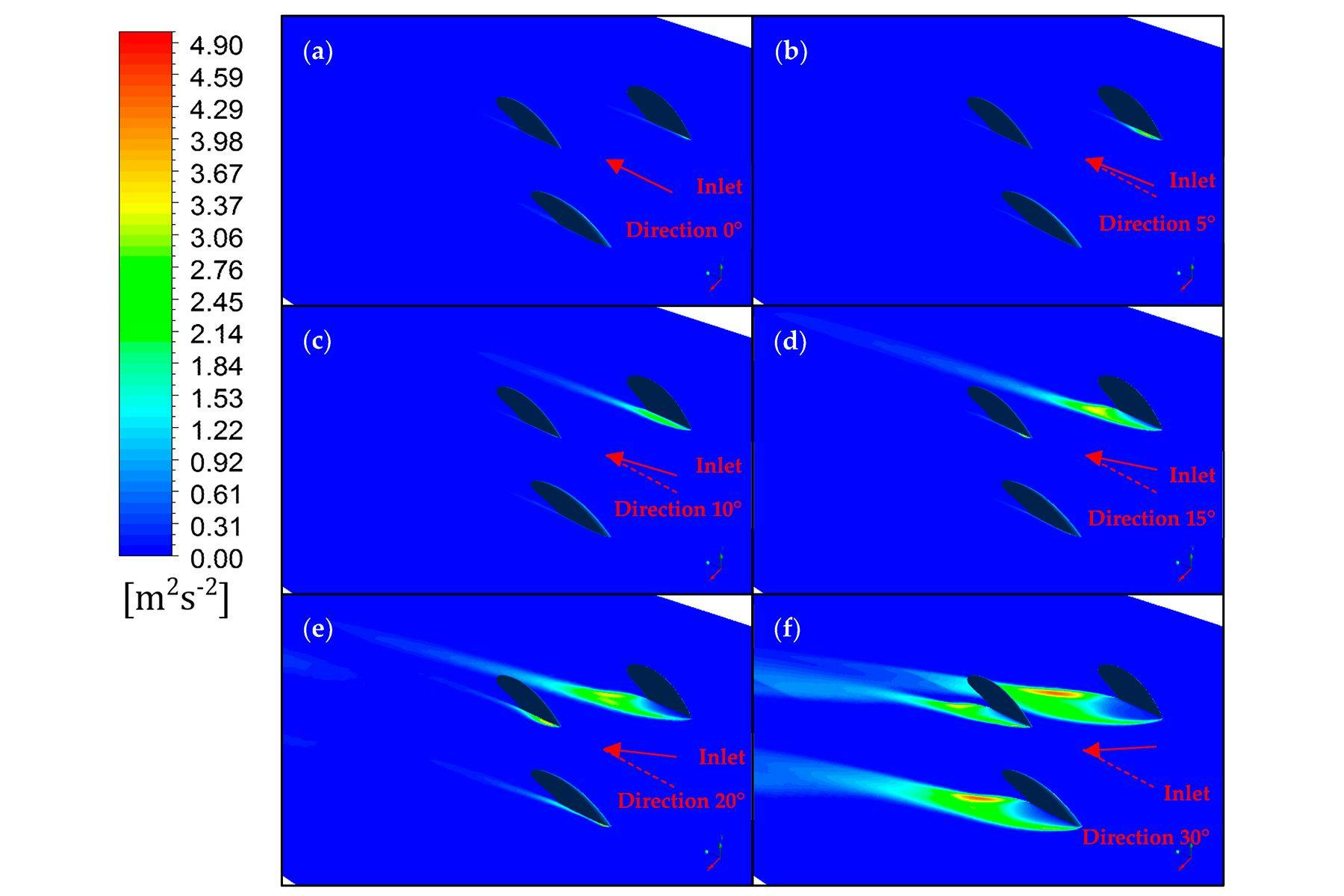
On the motifs and motivations behind the research…
I’ve been surfing pretty much since I can remember, and I’ve always been interested in learning about surfboards. When I finished high school, I started a Bachelor of Mechanical Engineering and it wasn’t long before I started to see that engineering and surfing go hand in hand. The early years of my degree were right when I was surfing the most (needless to say I missed a few classes because the waves were firing). As I started improving in the surf, I started looking more heavily into board and fin designs. Before long I realised everything in surfing is described using those invented surf words we’re all familiar with, like “drive” and “skatey”. As someone who had been learning about physics, materials and dynamics, I was less interested in what boards or fins felt like and more interested in why they felt that way. But there’s very little out there to help teach you about how boards work, and fins are even worse. Everything you see from companies says they add drive or control or manoeuvrability – but they don’t explain how. I tried to learn more by asking other surfers, but most people don’t give much consideration to their fin choice. Most people just get a random set and stick with them no matter the board or the wave type. I realised most surfers are more than happy to buy a different board, but they generally use the same fins every time. As your typical poor uni student, I never understood why. Surely, you’d be better off fine-tuning your fins which might cost you another $100, than buying a new board that cost $1000?
Eventually, I got to the final year of my degree and I needed to come up with a final year project that hadn’t been investigated yet. They offer a few options for projects through my University, but there wasn’t anything that sounded like fun. I spoke to some of the other researchers who had been a part of sports equipment research at the university and asked if I could do something on surfing. But there were two main reasons I decided to focus my research on fins. First, I wanted to prove to my friends that fins actually do make a big difference in performance. Secondly, the fin research available at the time seemed to be in its early days but advancing quickly. If I could get into it now, maybe I could make a career out of fin design or surf research. Who knows?
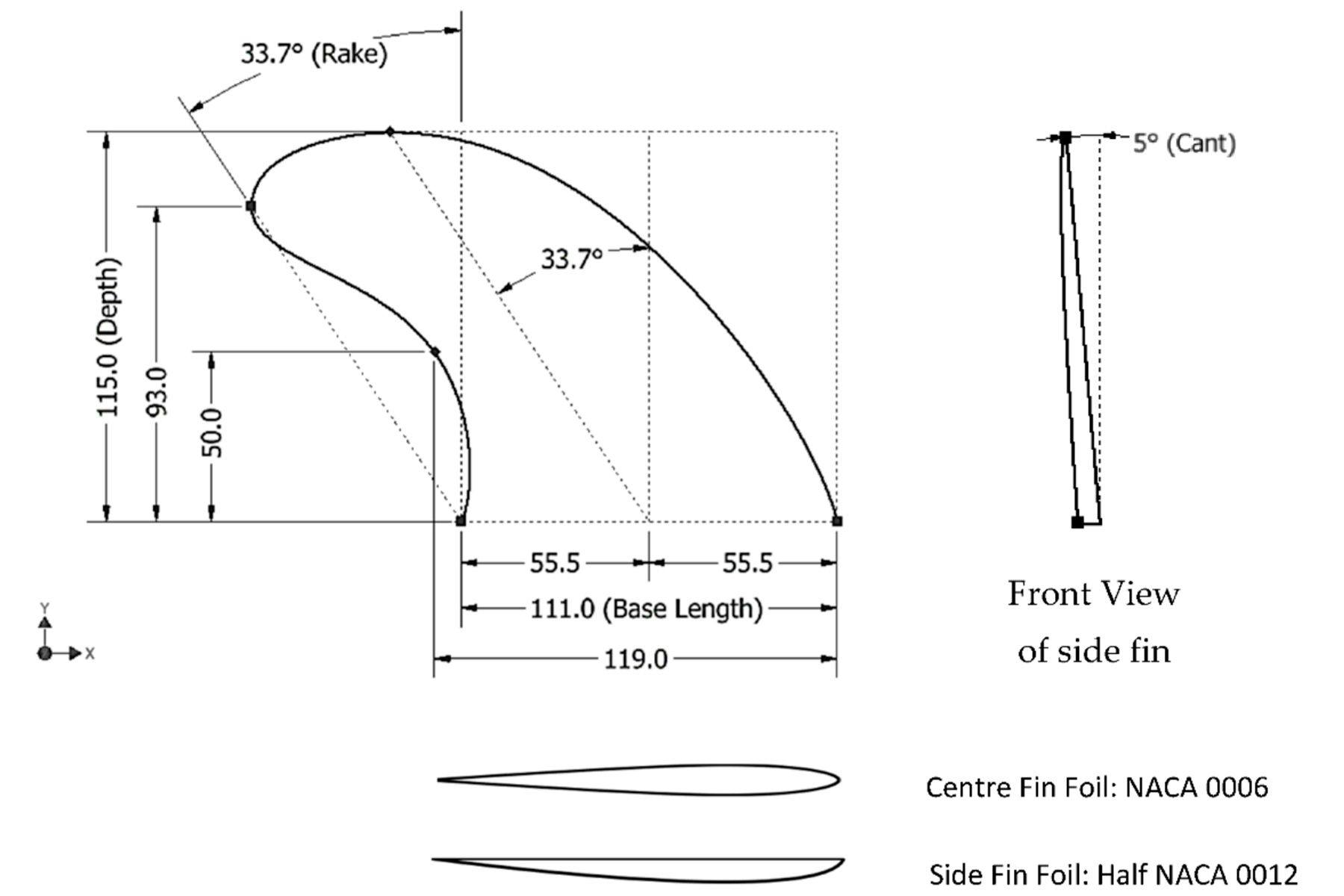

On the findings of the study…
When we first looked at the turbulence plots I was surprised to see the different advantages of each design aspect when looking at individual fins rather than the full set. The design aspect which showed this most was the variations in the rake of the fins. From looking at the turbulence in the wake of the fins, we discovered that a large rake on the side fins would produce less turbulence in the wake, but more turbulence from the centre fin (when compared to the baseline set). Surprisingly, this is the opposite for smaller rake. With small raked fins there is more turbulence of the side fins but less wake over the centre fin. Turbulence is a great indicator of fin performance, as a general rule the faster the water is moving the more turbulence you produce but there is a trade-off with the amount of control. This was the main concept we kept in mind when producing an optimised fin set. We looked at three different sets from our original findings, each with varied fins across the set. What we learnt was the centre fin is really crucial in designing a fin set. The centre fin needs to support the choice of side fins, not the other way around.
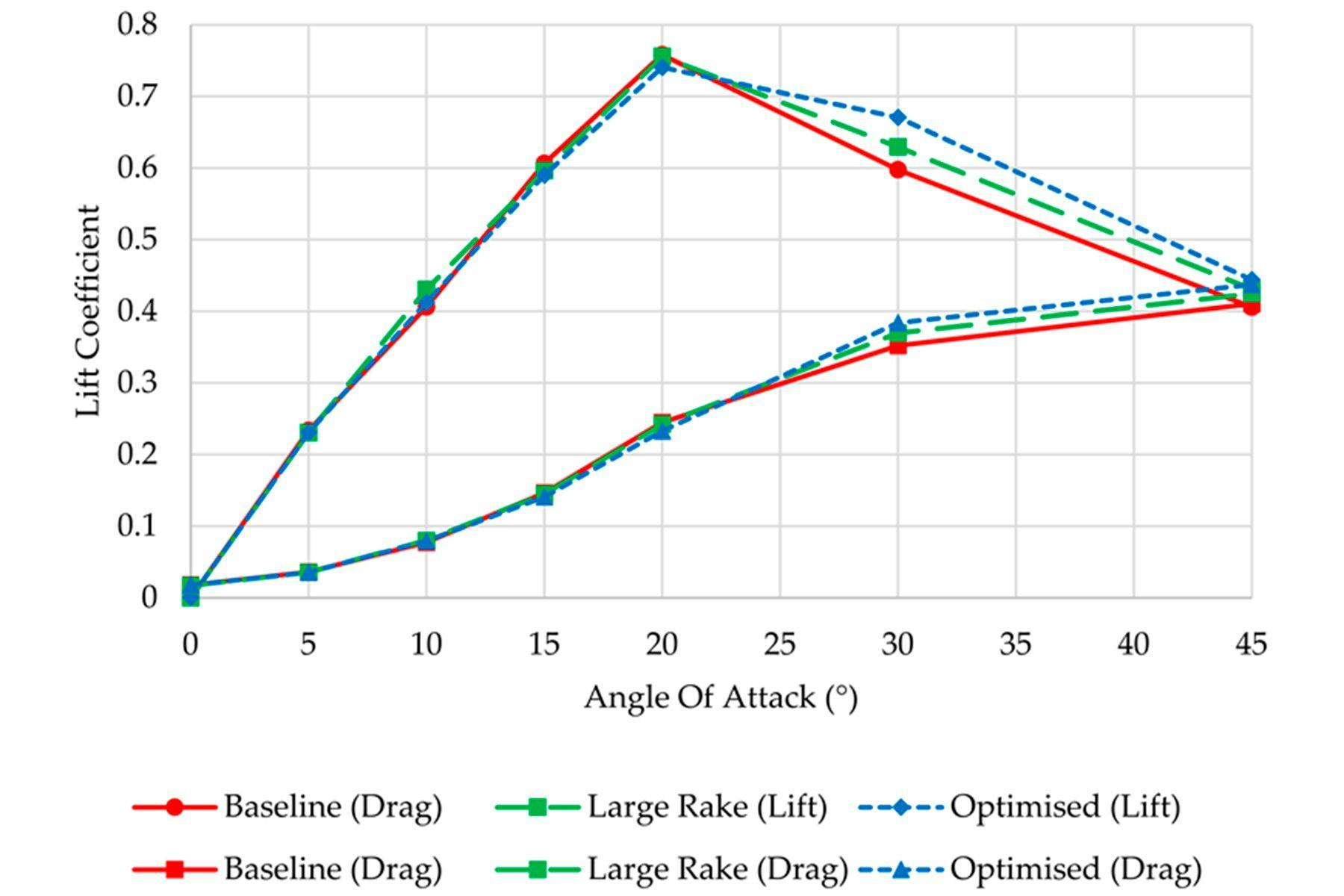
On the practical limitations of the research…
The main issue I faced was the time it took to solve some of the simulations. Each lift and drag plot required 7 simulations for each angle of attack. Multiply that by 7 fin sets to simulate and all of a sudden, it’s 49 simulations. That’s not even considering the ones that fail or the other few required for the initial design (mesh independence and validation). For most of the early angles, the simulations took only a couple of minutes, due to the simplicity of the flow. But when you start to get to the stall angle (20°), the flow starts to become more complicated with large turbulence and separated flow. These later simulations took sometimes multiple days to solve. Let me tell you nothing is more heartbreaking than leaving a simulation on for 2 days just to have it fail and you have to start all over again.
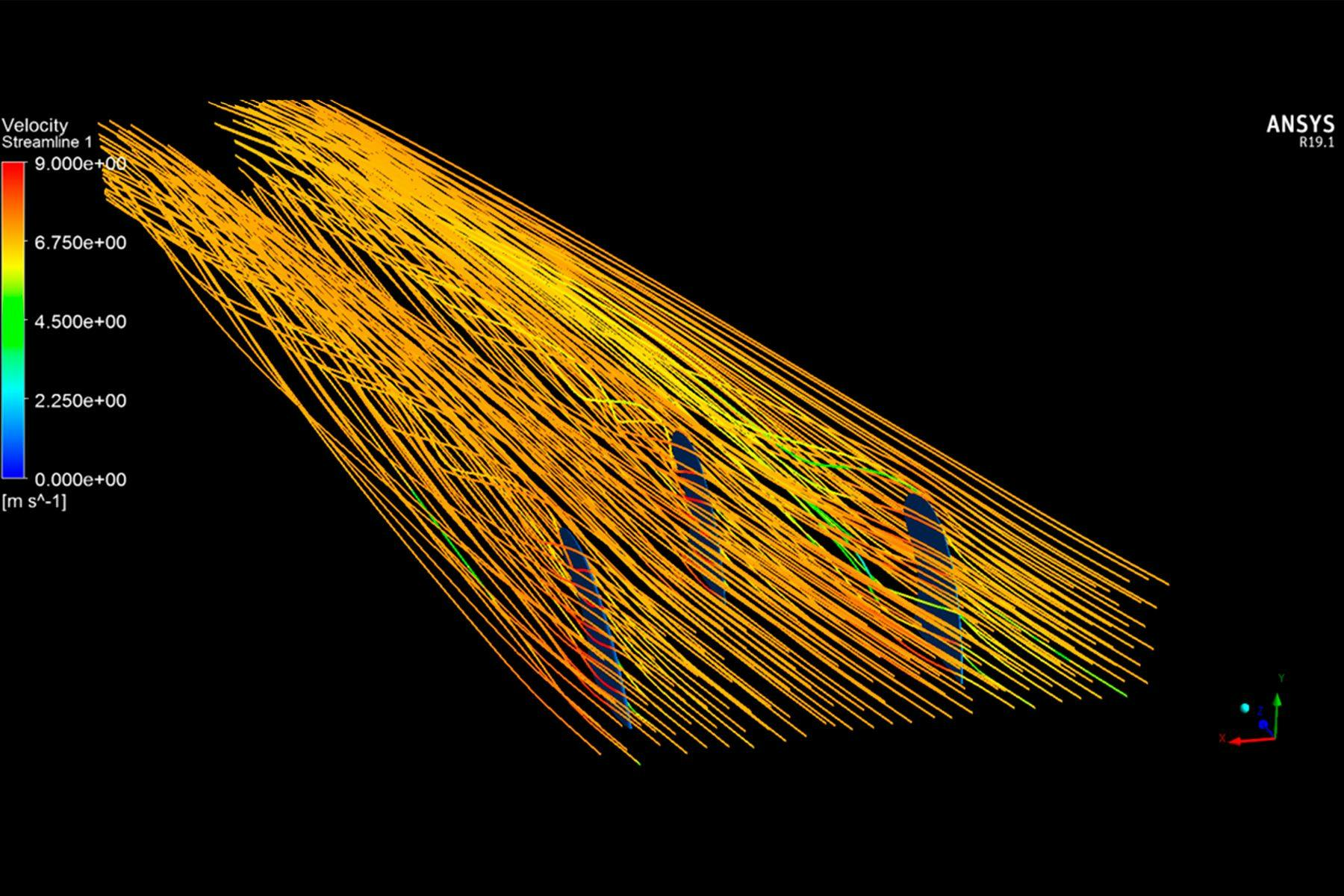
On the role of Computational Fluid Dynamics (CFD) in surfboard design…
At the moment it’s hard to say where it’ll go. I’ve seen a few things that suggest the major fin companies are already using CFD to design fins and boards. Some of them put out marketing pieces showing the behind the scenes development and others are a little more subtle. Hopefully, it’s a pretty standard thing for the major brands but I doubt it for the smaller local guys, because it is still expensive. The main advantage of CFD is to improve the efficiency of the surf design approach. Currently, boards and fins are designed mainly using a trial and error approach. Instead of using this costly, time inefficient and material-intensive approach, you can limit the amount of trial equipment you have to produce by testing design options before reaching the shaping bay. This has economic, sustainability, development time and shaper health advantages, and I hope the big-name companies are at the very least thinking of adopting this approach once it’s developed further because there’s not a lot of reason not to. But there’s another massive advantage of CFD, which is the ability to show people why surf equipment works and objective numbers which customers can use to compare different sets.
I get asked all the time by people which fins they should get and that’s where CFD pictures can really be useful. Explaining to someone how a fin surfs is so subjective, but CFD results are completely independent of bias and comparable. It’s really easy to bring up a picture of two fins set pressure plots and say, “see this big red area, yeah that’s bad for big turns!”
That being said, CFD is only helpful if you interpret the results correctly. For example, drag is instinctively thought of as bad, more drag = slower, right? Well, it’s not that simple, like with Formula One, there are times when you need drag for grip in turns. What I’d suggest is fin companies start gradually introducing CFD results into their releases for new fins. First, researchers need to develop single values based on the lift and drag plots which are easy to interpret, in a similar way to the Futures ride number system (maybe that is based on CFD results?). You can teach the guys in the shop how to interpret the values, then they can teach the customer. It’s not too hard if someone knows a bit about fin design already, in my opinion, it’s much easier to teach someone to understand lift than to understand how surfing feels. After that, you can start putting up more detailed results on social media or websites; results like pressure plots and template wake comparisons, which you can then explain in more detail. At the very least you’ll have people like me geeking out about a new fin set and annoying my friends with my conspiracy theories about lift and pressure.

On the broader impacts of science in surfing…
Whether the “core” surf fans like it or not the technology won’t stop developing. We saw it with the arguments between hand shaping and shaping machines, and we are now seeing with wave pool comps and ocean comps. I think what people are missing is that this isn’t a new thing. Surfing and engineering have been together ever since Tom Blake saw how keels helped the stability of boats and added it to his boards. You don’t see people complaining about fins and arguing we should all go back to finless alaias. When new ideas enter the scene, they always take time to develop to their full potential. Computerised design is the latest in a long line of surfing developments and it’s all a learning process. We as engineers and scientists aren’t looking to take the historical culture away from surfing. We are all just surfers who love the water and have chosen to add something new and unique to the sport.
I’m not saying the whole surf industry will or should move to a boring structured AI approach and remove the artisan aspect of surfboard design. I don’t think everyone should only ride highly specialised performance thrusters and nothing else. I think that’s one of the most amazing things about surfing, the diversity. When you want a beautiful, unique board, you can pick up and enjoy surfing then go get a hand-shaped board from one of the master shapers or even better shape one yourself. But when you want something that’s going to push your surfing to another level. Like anything, you have to put the time in and learn the scientific theory behind board design and tailor your boards to your own surfing and your local waves. It’s not for everyone but I’ll tell you it’s extremely satisfying when you choose the perfect board and fins combination for the conditions.

On the future of surfboard fins…
I see a lot more development going into different fins for each position on the board. Most thruster fins have all three fins the same size. There are exceptions that have smaller centre fins like with quads sets. But I’m thinking of three totally different fins. More shapers are starting to refine asymmetrical designs for surfing differently on the back-hand vs fore-hand. Why not look at this for thruster fins design? You could have a bigger fin on the outside rail, for the hold and drive, but a small fin on the inside for a tighter turning arc. Then there’s the option of applying different surface treatments. We’ve all seen the golf ball dimples used on fins, but there are others that are emerging in research like humpback whale leading edges and serrated edges.

On future research plans…
Since graduation, I’ve begun a PhD in engineering, and I’ve been fortunate to focus my research on surfboard design. This research looks to produce novel approaches to surfboard design in the materials and simulations, all of which we plan to link back to the surfers feeling on the wave. But in terms of fin research, I’ve started 3D printing my own surfboard fins designed from simulations and testing them in the surf. 3D printing really opens the door for some super unique designs, but this has become more of a hobby than structured research.
I still have so many ideas I think would be interesting to look into. If anyone reading needs an idea for research projects, by all means steal these ideas and broaden the field of surf science (just let me know, I’d love to help out). I won’t go too deep into them because we’d be here all day, but I’ll just list them here: generative design for fin cores, fin lift vectoring (similar to car torque vectoring or aircraft thrust vectoring), varied flex control across fins, vortex generators, forward-swept fins (see SU-47 aircraft), fin staged foil designs, shark denticle surface treatment, and more are thought off all the time.
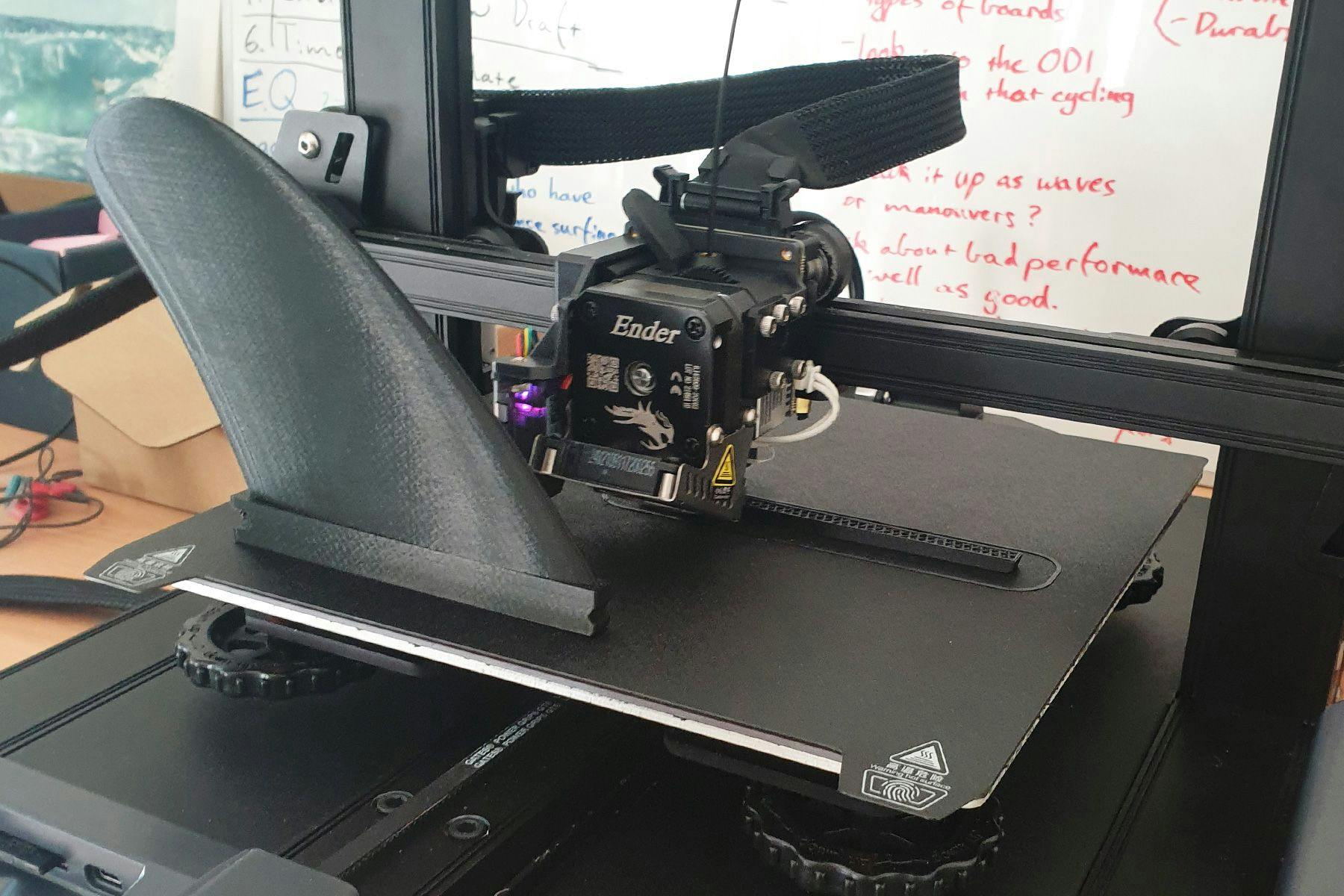
On the first steps to experimenting with fins…
You can dive deep into all the design aspects if you’ve been surfing for a while and want some new experiences, but when people are just learning fins and ask me there’s a general step-by-step process you can follow.
The first thing to start with is material. This is pretty easy to get right and it all comes down to flex. Your standard plastic fins give you more flex and makes surfing more forgiving. This is really important for people starting out because it will make your board more stable. But, once you start learning different turns you need to move to a stiffer fibreglass fin as quickly as you can. Stiffer fins will give you more speed through turns and make your transitions quicker.
If you are at the point where you want to start looking at different fin templates, but you’re not sure if you will feel the difference, I would recommend trailing a different number of fins first focusing on your back foot, and the amount of force it takes to feel sliding (or not). If your board has a five fin set up, then great, change from three fins to four, you’ll definitely feel the change. If you’ve only got the one board and it’s got three fin boxes then take out the middle fin. You’ll probably look like a bit of a goose walking down to the beach and fall a lot more. But it’s the price you’ve got to pay.
Now you know you want a fibreglass set, the next thing is which template to get. It’s not the best to bring in a new material type and a new template to learn, so see if your current fins model has a stronger material. If not start off with a neutral set, there are plenty of options here in either FCS or Future bases.
These neutral templates will normally give you comparable options in a low rake and a high rake template to try (similar to our research). This is where you start learning templates. Rake is definitely the first template aspect to consider because, as our research backs up rake definitely has the most influence out of the aspects. This is where you need to start considering the waves you surf and the type of surfing you prefer. A general rule of thumb is more rake will give holding (higher stall angles) but it will feel slower (higher drag).
This is why fin companies release these comparable fin sets. It helps to give surfers a starting point to learn performance changes. The issue is that buying three sets is really costly and not something most people want to do. Hopefully, our research helps to explain the performance differences in more detail, so you don’t have to buy three sets. I know in shops the people selling fins can be a little all over the place. But, if you can tell them where you normally surf or the types of waves/surfing you want the fins for and the board/fins you currently have, then hopefully they should be able to pull out a few sets that will fit well. It never hurts to ask.
**********
The author and Surf Simply would like to thank Sam Crameri for his assistance with the article.